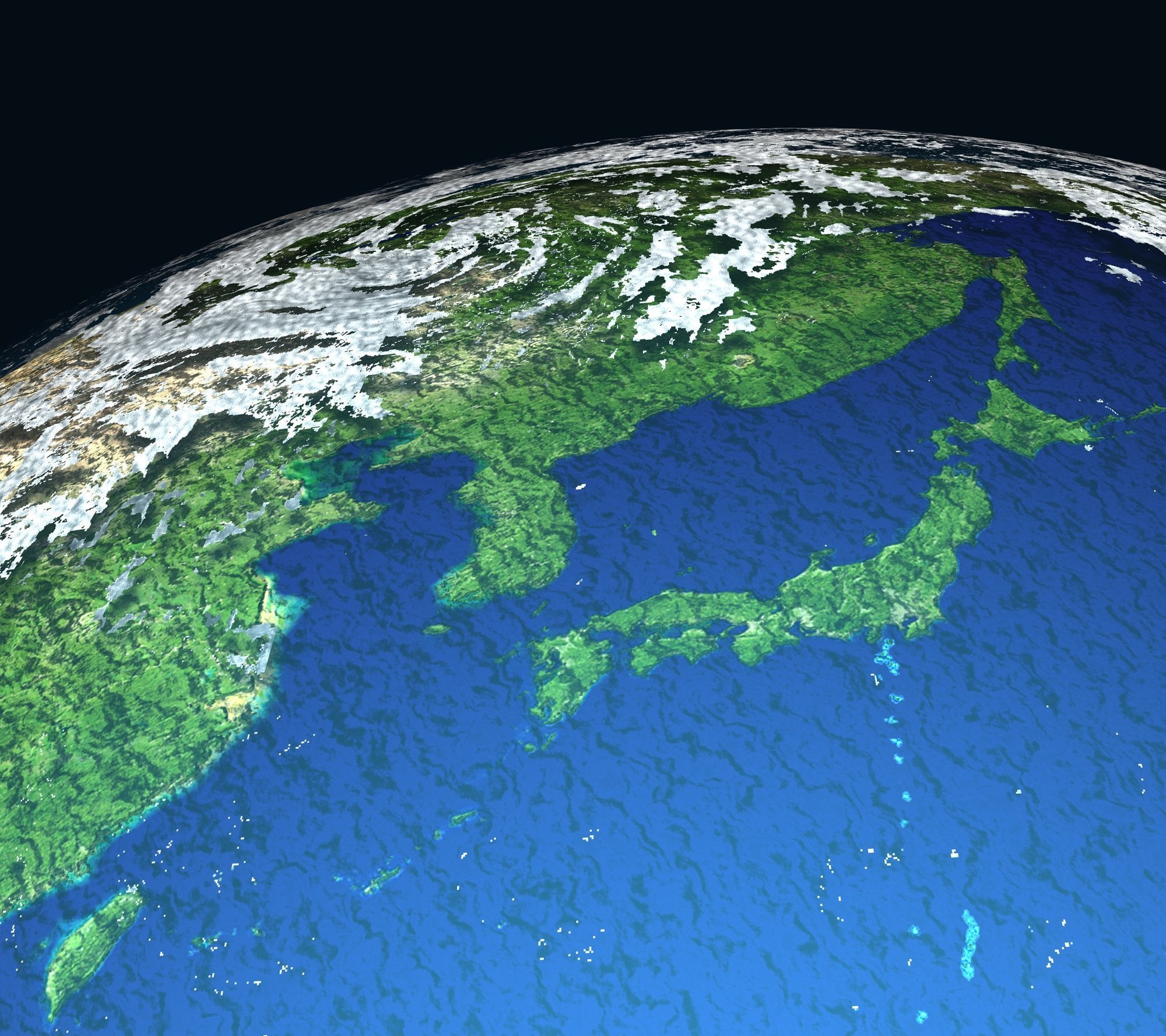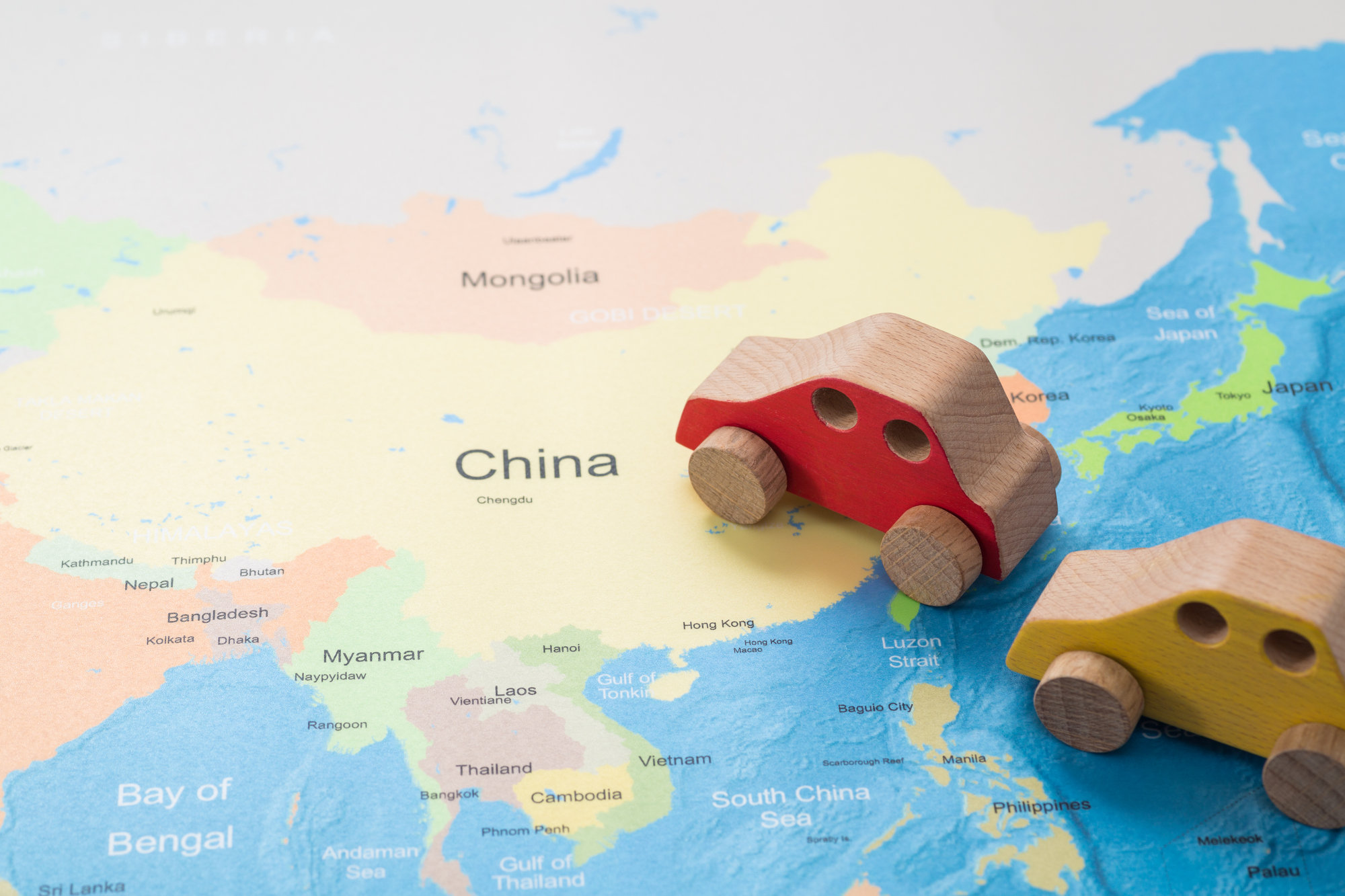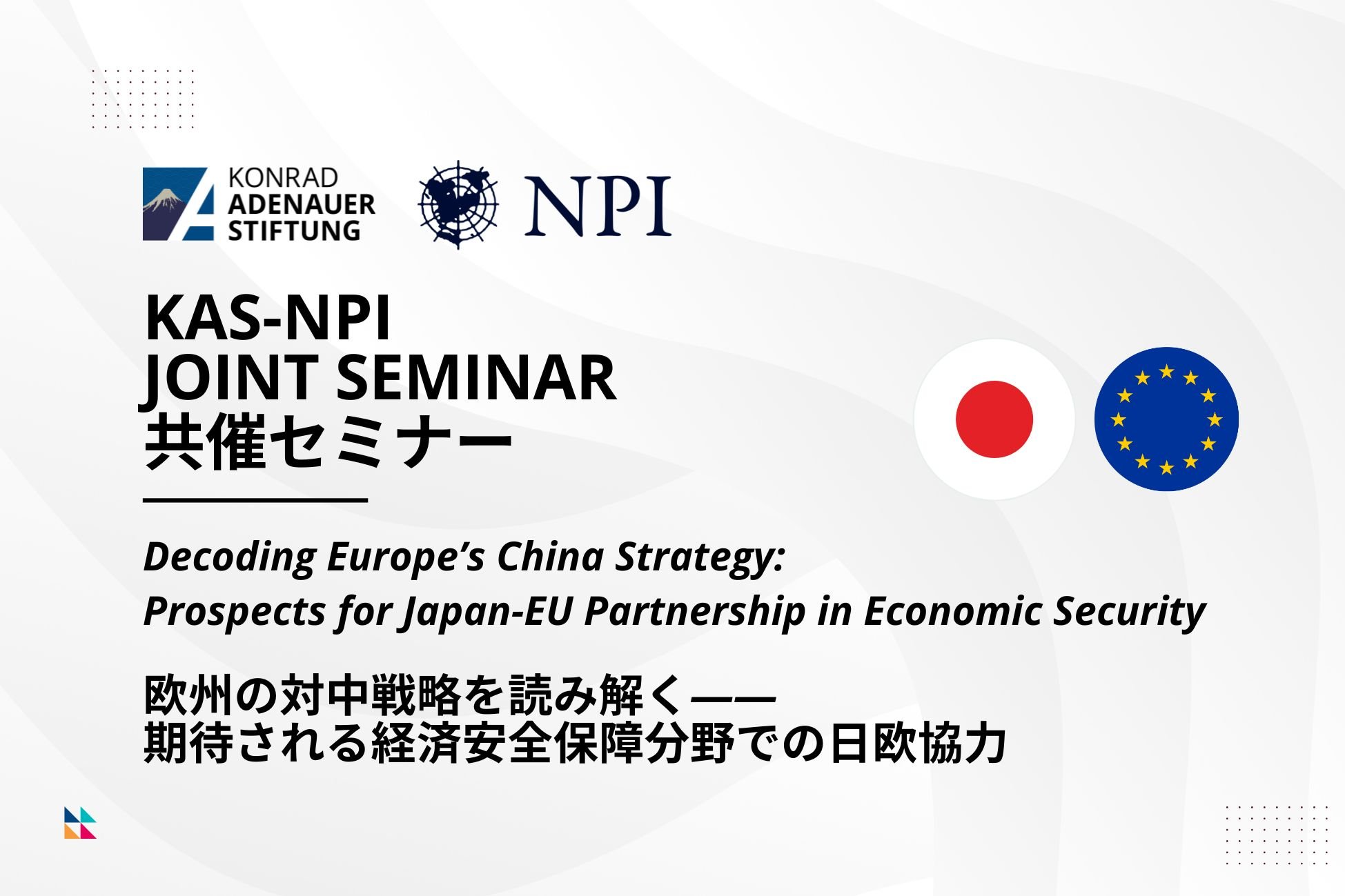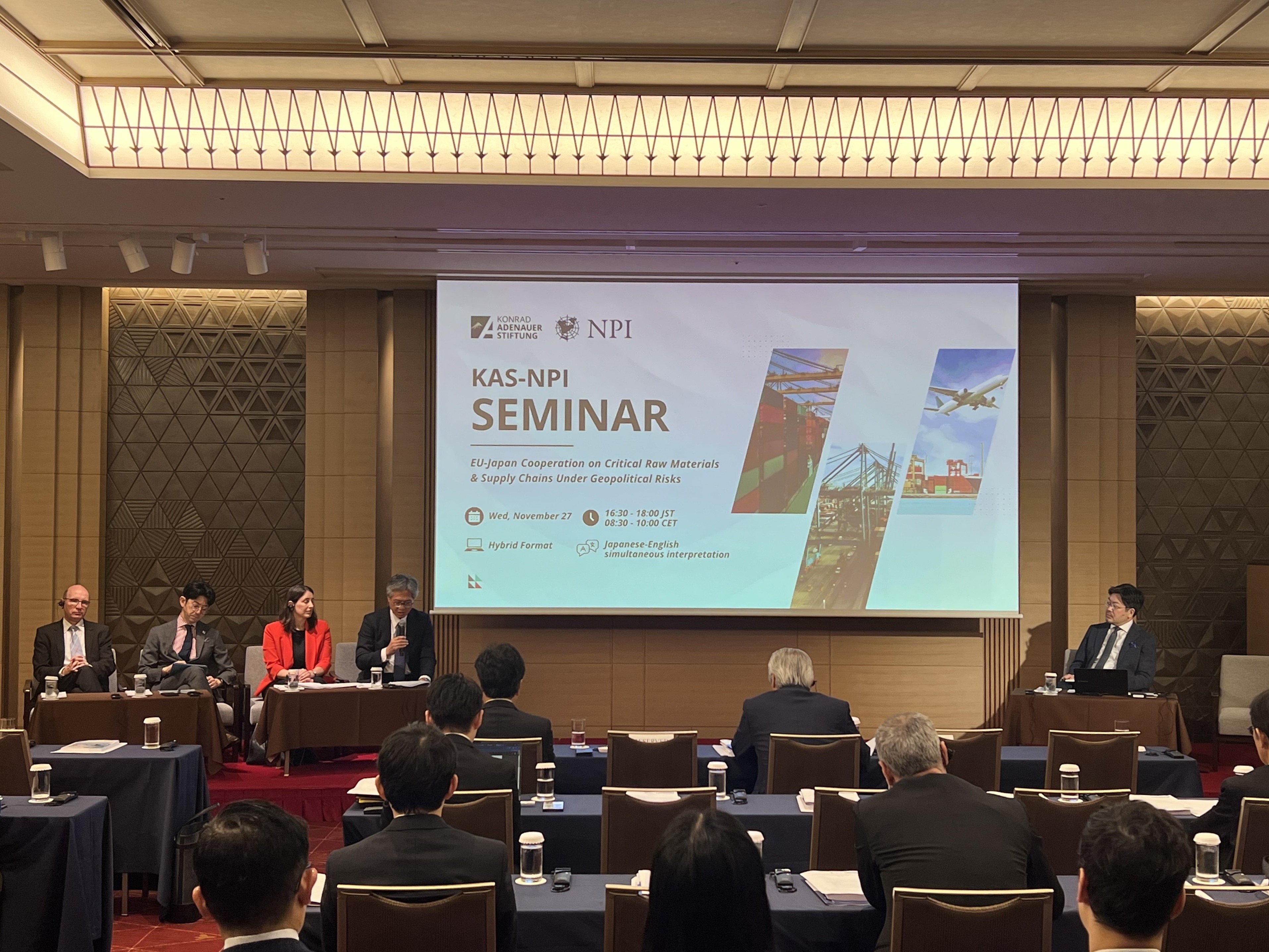2011/09/28
No. 131: Taizo Yakushiji, "What Should We Learn from the Nuclear Crisis?"
[PDF version]
It is highly regrettable that, albeit the result of a massive earthquake and tsunami of an unprecedented scale, the accident at the Fukushima nuclear power plant developed into a core meltdown, releasing nuclear material and forcing many residents to evacuate from their homes. The crisis has undermined public faith in the safety of nuclear power generation. The Japanese government and the Tokyo Electric Power Company (TEPCO) must conduct a thorough investigation into the cause, and review and assess the validity of the existing emergency response procedures as well as the relevancy of the measures actually taken for resident evacuation and radiation damage control in collaboration with the International Atomic Energy Agency (IAEA) and other international and government agencies. Sharing the results internationally will help improve nuclear safety around the world.
The biggest problem surrounding the accident was the intricate chain of command and control for disaster management. Since the authority and responsibility of the agencies concerned were extremely ambiguous, the government was unable to make good use of the systems and institutions designed to cope with nuclear disasters. To make matters worse, newly created posts and entities complicated the problem.
Currently, the government is planning to set up a new agency to oversee nuclear safety under the Ministry of the Environment. What is needed, however, is more than just bundling existing entities together; we need a completely new entity that can direct flexible emergency responses and disaster control in an integrated manner in the event of nuclear accidents, massive earthquakes, tsunamis, typhoons, etc. This "Emergency Management Agency" should have a mobile unit consisting of members from the Self-Defense Forces, the fire service, the police and the Coast Guard. They should be properly equipped for special operations, regularly attend training, and be prepared to be dispatched overseas upon request. The agency will also need a high-level research unit comprising experts and researchers on disaster management and control from Japan and abroad.
It has been argued in some circles that the Fukushima's failure of multiple safeguards has destroyed the myth of nuclear safety. Yet the principal factor responsible for the vulnerability in nuclear safety is reliance on electricity as their energy source. The earthquake and tsunami cut off the external power supply at the plant, keeping the cooling system from working while heating up the reactor. This has led to a core meltdown and explosion caused by built-up hydrogen gas produced from dissolved cooling water, destroying the top of the reactor building, releasing nuclear materials and forcing many residents to evacuate.
There are "Renaissance-type" nuclear reactors under development. Toshiba Corporation and the Bill Gates Foundation have been developing 4S (Super-Safe, Small, and Simple) nuclear reactors equipped with electromagnetic pumps, while India, rich in thorium resources, has been carrying out research on small thorium-fuelled reactors, a move aggressively followed by its rival China. A characteristic feature of these reactors is the use of sodium and other natural elements as coolants, eliminating the need for electricity. Judging from the product cycle model of nuclear development, Japan's existing reactors are a generation behind the 4S and thorium-fuelled reactors. The Japanese government should start empirical research on the new-generation nuclear reactors.
Needless to say, initial responses are very important in managing nuclear disasters. The government and TEPCO set up a joint head office, but they had to follow legal procedures basically designed to cope with natural disasters. The existing law covering nuclear disasters is a special law under the Disaster Countermeasures Basic Act, which stipulates how the central and local governments should coordinate in the event of natural disasters such as typhoons and earthquakes. In light of the peculiarities of nuclear disasters, there must be a government-led review of the law in order to enable swift and agile emergency responses. Self-Defense officers, firemen, policemen and Coast Guard personnel played decisive roles in containing the nuclear damage. However, there was confusion as to who should take the lead in pouring water on the reactors to cool them. A revised law must clearly define the responsibilities of the relevant agencies and allow those engaged in disaster management to be properly equipped and trained, including joint exercises based on worst-case scenarios. It will be particularly important to make the necessary institutional arrangements to allow the SDF, whose missions include responding to disasters, including nuclear disasters, to take a leading role in the initial phase of disaster management, given that the SDF has made valuable contributions in water pouring, equipment transportation, obstacle removal, and decontamination as well as cooperation with US Forces in Japan.
Japanese people have not been very good at making preparations in anticipation of a grave crisis. For example, even though there has been advanced research and development on high-tech robots capable of working in high-radiation environments, including the sites of nuclear accidents, their introduction by electric power companies was rejected for fear of causing public anxiety about nuclear safety. As a result, robots were not used in the initial stage of the crisis. This is in sharp contrast with the situation in the United States and France. It may be a good idea to introduce US-style "operation company for nuclear plants" in order to facilitate better use of science and technology in nuclear disaster prevention. Such Japanese operation companies will form a consortium, allowing them to engage in joint development and common use of decontamination equipment in the event of accidents. Robust operation capabilities and initial responses to disasters must be based on science and technology. Such operation companies will attract young talent with unique ideas on nuclear generation and safety in the struggling nuclear engineering divisions of engineering faculties at Japanese universities.
As the world's sole country to have suffered from nuclear bombing, Japan has made it national policy to use nuclear power only for peaceful purposes. It is therefore Japan's duty to the international community to make good use of science and technology to advance research and development on the safe and peaceful use of nuclear energy. It may be necessary to adjust nuclear policy, but suspension of all nuclear power generation will put a brake on national growth. Science and technology are products of human intelligence whose advancement can contribute to the development of humanity and the enrichment of human happiness on the one hand, and bring about massive disasters such as the one at Fukushima on the other. What is important is to overcome the latter with wisdom.
Taizo Yakushiji is Professor Emeritus of Political Science at Keio University. He is also Senior Research Councilor at the Institute for International Policy Studies in Tokyo. He was a member of the Cabinet Office's Council for Science and Technology Policy.
The views expressed in this piece are the author's own and should not be attributed to The Association of Japanese Institutes of Strategic Studies.








